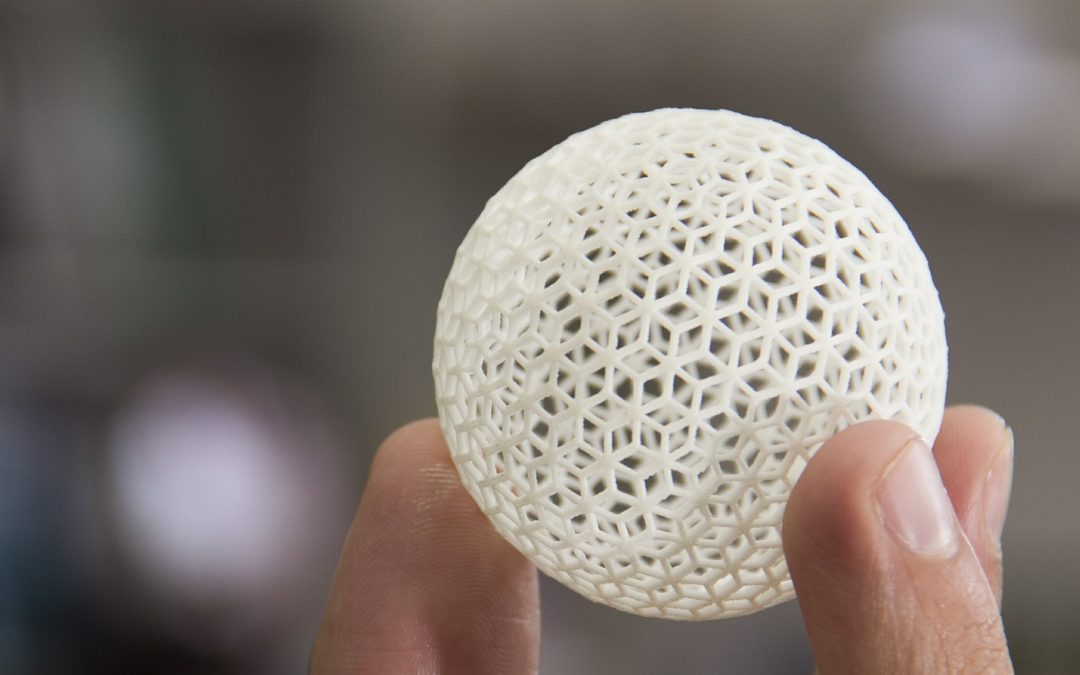What is a Magnetic Flux Channel Antenna?
November 2019
Years ago, JEM Engineering developed the Magnetic Flux Channel Antenna. Now, the company has a series of these types of antennas, nicknamed MFC Antennas.
Most conventional antennas are made with conducting metals and dielectrics that allow electric charge to vibrate at radio frequencies. For example, in modern communications equipment such as cell phones, the electric charge vibration frequencies (GHz radio frequencies) can be several billion cycles per second. The antenna structure establishes a path to which the vibrating electric charges are confined and further define the antenna pattern they produce. However, when a very low-profile antenna is desired, the close proximity of metal structure to a conventional antenna causes poor performance unless cavities or other bulky structures are allowed.
JEM Engineering’s MFC antennas do not utilize electric charge to achieve radiation.
Instead, the magnetic flux that resides in the MFC core shapes and supports an efficient form of magnetic polarization current in a specially designed flux channel.
The core of the magnetic flux channel antenna is an inhomogeneous and anisotropic construction whose design and fabrication are proprietary to JEM Engineering. This groundbreaking technology allows for closer proximity and integration within conductors, which cannot be achieved by conventional antennas.
Unlike conventional antennas, the MFC may be placed directly on, or even within, conducting structure with no ill-effects on radiation or impedance match performance. For communications in the VHF/UHF bands (30 MHz to 3 GHz) MFC antennas can provide equivalent performance to conventional.
In recent years, the company has incorporated MFC technology into a variety of different antenna designs, including those that fulfill specific conformal/low-profile requirements. The antennas are typically made from high-hesitivity, low-loss material.
The development of the magnetic flux channel antenna originated from research conducted under the SBIR program.
Latest Posts

STEM with JEM
Did you know that National STEM Day falls on the 8th of November each year? That’s because the abbreviation “NOV8” actually stands for “INNOVATE.”

Reshaping Antenna Design with 3D Printing
As we discussed in a previous post, before we can manufacture, we must prototype. For this step in the process, we are beginning to explore additive manufacturing, or as it’s more commonly known, 3D printing.
